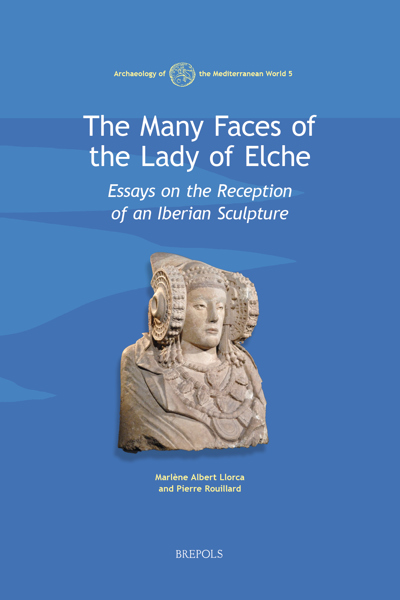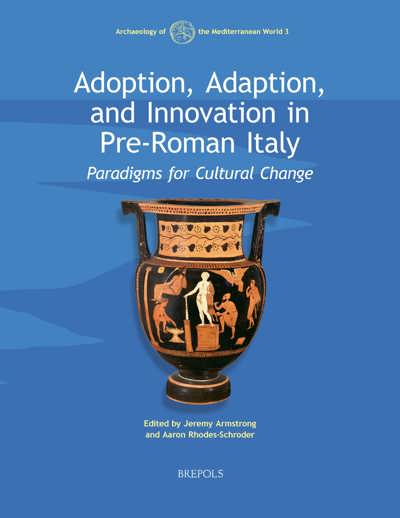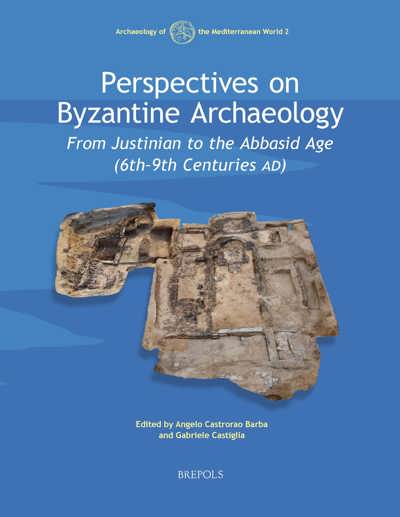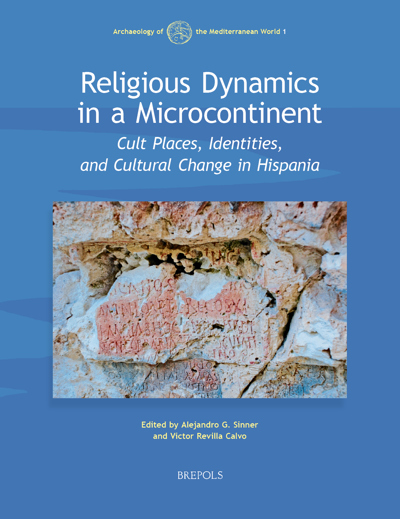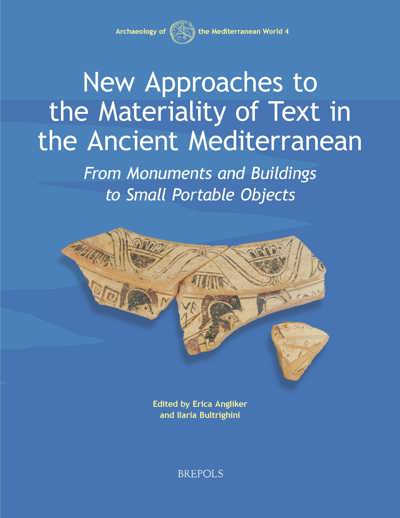
The Many Faces of the Lady of Elche
Essays on the Reception of an Iberian Sculpture
Marlène Albert Llorca, Pierre Rouillard
- Pages: 160 p.
- Size:156 x 234 mm
- Illustrations:5 b/w, 36 col., 1 maps b/w
- Language(s):English
- Publication Year:2024
- € 80,00 EXCL. VAT RETAIL PRICE
- ISBN: 978-2-503-61030-6
- Hardback
- Available
- € 80,00 EXCL. VAT RETAIL PRICE
- ISBN: 978-2-503-61031-3
- E-book
- Available
A new English translation of La Dame d'Elche. Un destin singulier. Essai sur les réceptions d'une statue ibérique (Madrid: Casa de Velázquez, 2020).
Marlène Albert Llorca is Emeritus Professor of Social Anthropology at the Université Toulouse-Jean Jaurès, and has conducted research in southern France and eastern Spain. Her research focuses on the customary expressions of Catholicism, its role in the construction of cultural identities and the status of religious images. She also works on the process of patrimonialisation.
A historian by training (born in 1948), Pierre Rouillard pursued a career as an archaeologist with the Centre National de la Recherche Scientifique. His work focuses on the modes of exchange between Iberian populations and Phoenician and Greek merchants from the 8th to 4th centuries BC, as well as the ways in which Phoenician and Greek objects and iconographic schemes were received in the Peninsula.
On 4 August 1897, farm workers in Elche — the site of ancient Ilici — discovered an Iberian sculpture of a woman that dated from the fifth– fourth centuries BCE. French archaeologist Pierre Paris dubbed this figure ‘the Lady of Elche’, and promptly purchased the sculpture on behalf of the Louvre Museum. There, she drew the attention of European scholars who were intrigued by her stylistic features, finally concluding that she bore witness to the existence of a specifically Iberian art. Since her discovery, the Lady of Elche has been a source of fascination not only for scholars, but also for artists, and she has become an icon of regional and national identity across Spain. This volume, co-written by an archaeologist and an anthropologist and translated here into English for the first time, seeks to explore the importance of the Lady of Elche, both for students of the past, and for the peoples of Iberia. The authors here explore not only what we know — and still do not know — about her creation, but also engage with key questions about what she represents for the men and women of our time who have questioned, manipulated, admired, loved, and often reinvented the singular beauty of this iconic figure.
List of Illustrations
Acknowledgements
Chapter 1. Introduction
A Unique Work
A Remarkable History
Actors and their Agendas
Chapter 2. The Lady and the Discovery of Iberian Art
Ilici in the Iberian World
A Newly Defined Art
From la Alcudia’s Soil to the Louvre: How the Discovery Came about
An Exceptional Piece
Chapter 3. A Century of Discussions about the Lady
The First Attempts at Identification: The Moorish Queen, Apollo
The Lady and the Archaeologists
Iberian or Mediterranean, Goddess or Queen?
Chapter 4. Through Artists’ Eyes: The Lady from Orientalism to Primitivism and Art Nouveau
Painters’ Interpretations: Oriental or Hellenizing
Iberians and ‘Primitives’
Ignacio Pinazo Martinez, Art Nouveau Sculptor
Chapter 5. Women in Stone, Women in Flesh and Blood
The Iberians and Valencian Identity
The Lady as Archetypal Valencian Woman
The Venus of Arles and the Lady of Elche
Female Beauty
A ‘Living Lady’ in Elche
Chapter 6. The Lady between Elche and Madrid
Ramon Folqués’s Account of the Discovery of the Statue
Reasons for Rewriting the Account
An Account that Became the ‘Official Account’
The Lady and the Virgin: Holiness Transferred
After Francoism: The Rise of Heritage
Manuel and ‘His’ Lady
From Nationalism to Localism
Chapter 7. Conclusion
Works Cited
